In today’s dynamic culinary environment, quick service restaurants (QSRs) have carved out a significant niche. Strategies for Quick Service Restaurant must focus on providing a speedy and enjoyable dining experience where quality meets convenience. With evolving technology, such as specialized POS systems, and ever-shifting consumer preferences, restaurant owners must continuously innovate. Dive into these robust brand strategies that can help QSRs shine in this competitive sphere.
Following are the Top 10 Brand Strategies which can be used for QSR’s
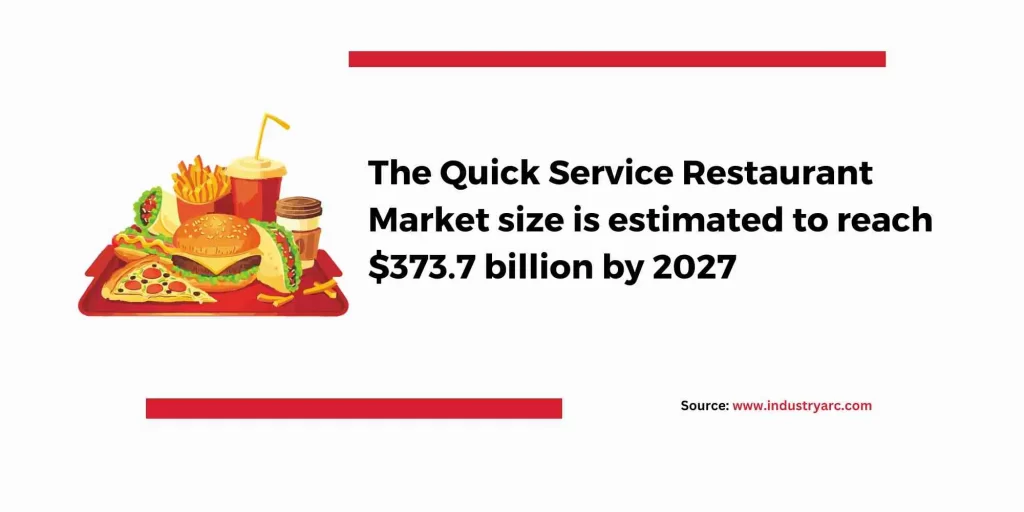
1. Comprehensive understanding of the QSR landscape:
QSRs are not just about fast food. While McDonald’s, Subway, and Taco Bell might be familiar names, the world of QSRs is vast. Cafés, pizza places, snack bars, and upscale quick-serve outlets all add to the rich tapestry of quick service options. These establishments have soared in popularity, catering to diverse needs, from the busy professional seeking a quick meal to families wanting value-for-money dining experiences. Pinpointing its position in this broad spectrum is crucial for a QSR’s targeted brand strategy.
2. Segment, specialize, and personalize:
With the plethora of options available within the QSR segment, specialization becomes key. While there are four primary types of quick service restaurants, each has its distinct audience. A café may emphasize its curated coffee beans and brews, while a snack bar might focus on health-forward, organic options. Personalizing the customer experience, from customizable menus to loyalty rewards, can make a patron feel valued and seen, enhancing brand loyalty.
3. Technological integration for an enhanced experience:
Embracing technology is non-negotiable. Beyond POS systems tailored for QSRs, consider integrating AI-driven chatbots for placing orders, AR menus for a more immersive experience, or even predictive analytics to anticipate customer preferences. Apps that allow for pre-ordering, table reservations, and feedback can elevate the user experience, ensuring repeat visits.
4. Authentic online branding and engagement:
Having a digital footprint is pivotal. Beyond a sleek website, QSRs should be active on social media platforms, engaging with customers, sharing stories, and even addressing feedback. Collaborations with influencers, engaging in trending challenges, and utilizing user-generated content can bolster online engagement. Remember, publications like QSR Magazine continually highlight the power of digital – the online brand persona is often the first impression a potential customer gets of a QSR.
Must Read: Top 7 Innovations and Trends in the Quick Serve Restaurant Industry
5. Consistency, quality, and community engagement:
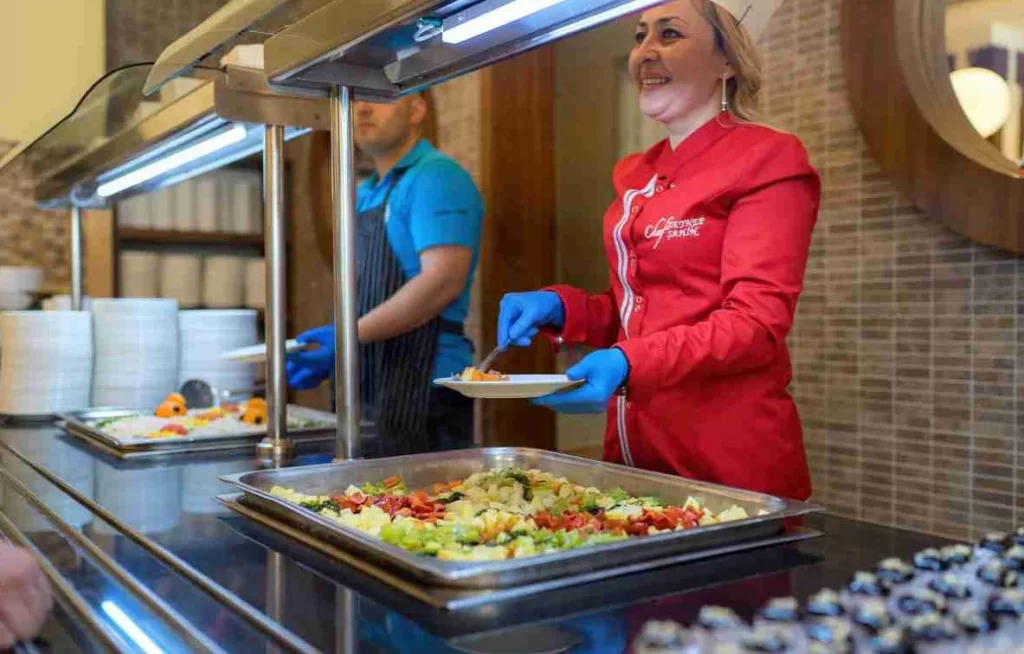
Maintaining a steady standard, whether in food quality or service, is paramount. Regular staff training, menu updates, and a keen focus on hygiene can set a QSR apart. Additionally, being actively involved in local community events, sponsoring initiatives, or even hosting events can significantly enhance brand visibility and foster community spirit.
6. Sustainable practices and ethical sourcing:
Consumers today are increasingly aware of how their decisions affect the environment. Incorporating sustainable practices, from packaging to waste management, can position a QSR as responsible and forward-thinking. Ethical sourcing of ingredients, supporting local farmers, or even having a few vegan or organic menu options can appeal to a broader audience base.
7. Unique selling proposition (USP) & storytelling:
Every QSR should have a unique story or a selling proposition that sets it apart. It could be a secret family recipe, a unique fusion of cuisines, or even a standout service feature. Emphasizing this USP in marketing campaigns and integrating it into the brand narrative can create a memorable brand identity.
8. Feedback loop & continuous improvement:
Establishing a system to gather and analyze customer feedback can propel progress. By understanding what’s working and what’s not, QSRs can continuously evolve. Whether it’s through comment cards, online reviews, or feedback on apps, listening to customers and making tangible improvements can lead to long-term loyalty.
9. Embrace Delivery and Takeout Trends:
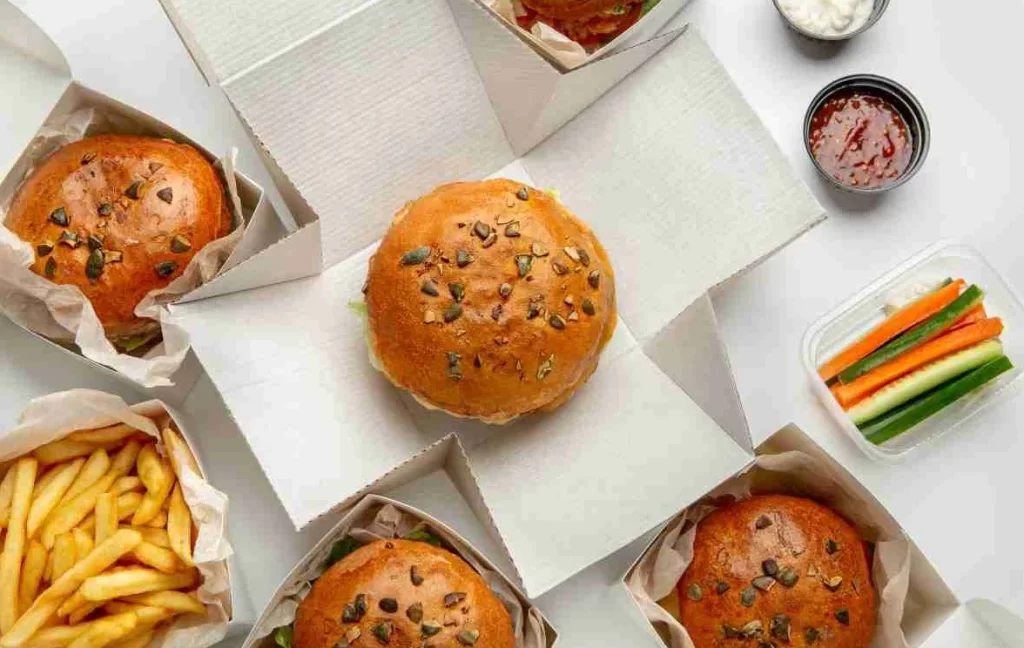
With the rise of food delivery apps and changing consumer behaviors, QSRs should consider expanding their delivery and takeout options. Partnering with popular delivery services like UberEats, DoorDash, or Grubhub can help reach a wider audience. Additionally, optimizing packaging to ensure food quality during transit and offering special promotions for online orders can attract more customers who prefer the convenience of dining at home or on the go.
10. Data-Driven Decision-Making:
Harness the power of data analytics to make informed decisions. Utilize customer data collected through loyalty programs, online orders, and customer feedback to gain insights into preferences, trends, and areas for improvement. Data-driven marketing strategies can target specific customer segments more effectively and help in creating personalized promotions and menu items. It can also aid in optimizing inventory management, reducing waste, and improving overall operational efficiency.
The QSR landscape, brimming with opportunities, also presents its set of challenges. In this era of rapid digital transformation and discerning consumers, QSRs must remain agile, innovative, and customer-centric. By embracing these brand strategies, from technological integration to ethical sourcing and active community engagement, QSRs can not only ensure profitability but also create lasting brand legacies. It’s time to serve up success, one strategy at a time.
Must Read: How Quick Service Restaurants are Revolutionizing the Restaurant Industry

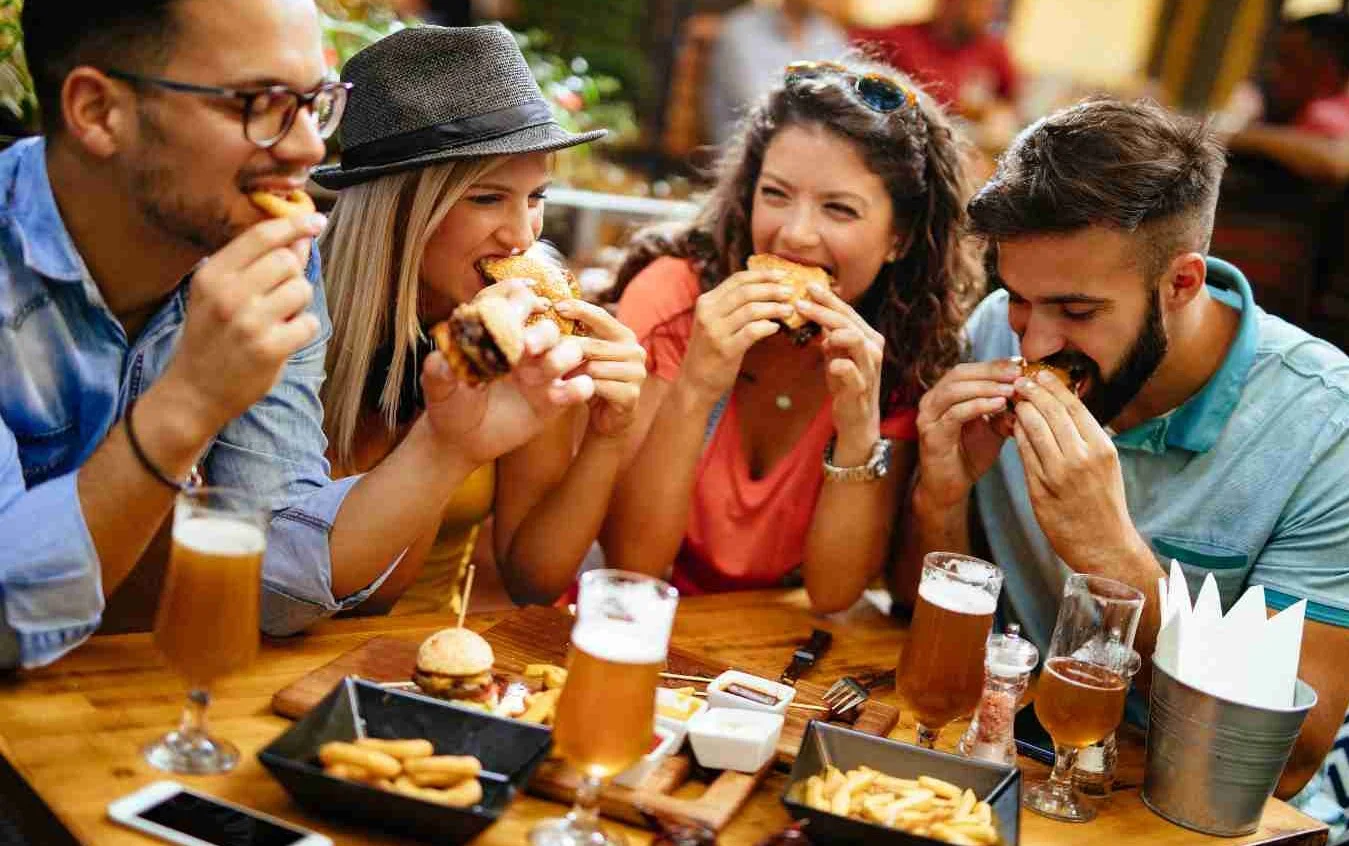







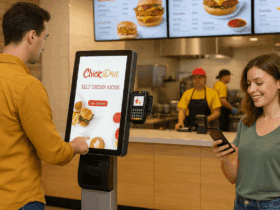

Leave a Reply